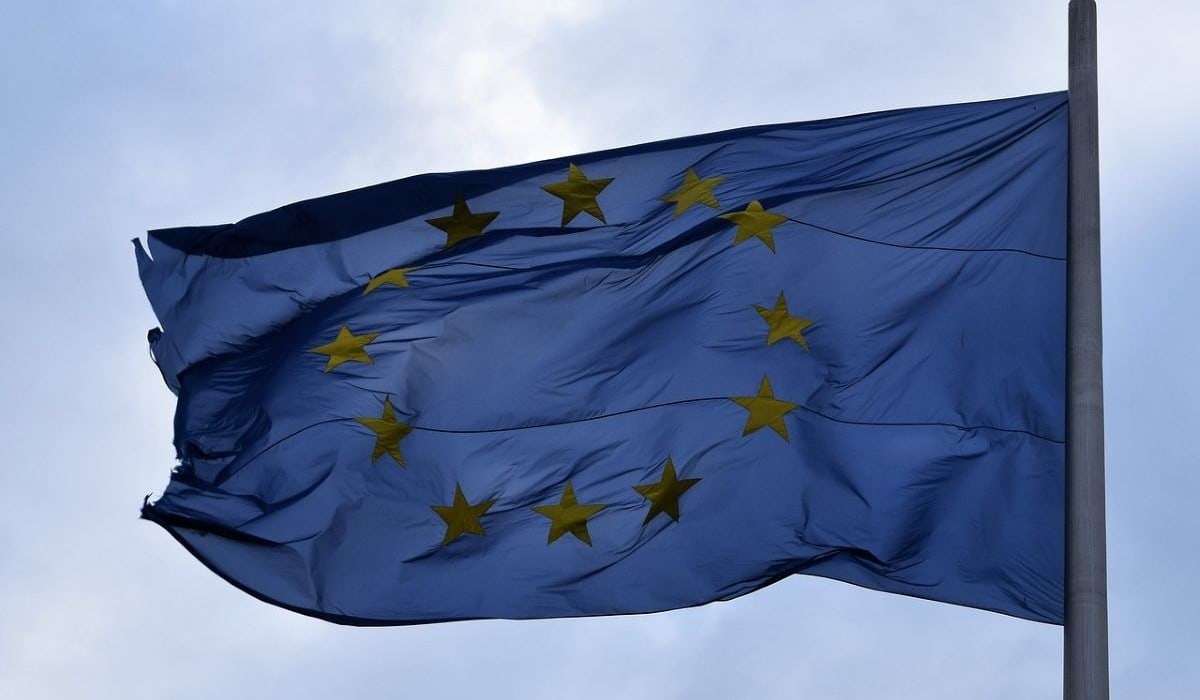ARTICLE SUMMARY:
The EU Medical Device Regulation takes hold soon. Here is a spotlight on some in-depth coverage recently published in Market Pathways.
[For a complete roundup of medtech policy happenings that should be on your radar this week and deeper analysis of the sector, check out Market Pathways.]
It’s less than three months until the EU Medical Device Regulation. That’s a source of anxiety for many in industry who are wary of falling through the cracks of compliance as they contend with a new framework. It also a source of anger and resignation among companies and investors who say the new regulation means the loss of Europe as a hub for the newest healthcare innovations, at least in the near term. Finally, it’s a cause for getting down to brass tacks and practical solutions, particularly among regulatory affairs professionals on the front lines.
All of these themes are on display in recent in-depth MDR coverage in Market Pathways. In a featured panel discussion from the recent MedTech Strategist-co-sponsored Bohemian Medical Device Summit, experts from the medtech start-up and investor communities lament the changes, and one healthcare attorney says MDR is the “worst thing to happen to European healthcare since WWII.” But others in the discussion are more sanguine.
Meanwhile, consultant and biostatistician Gloria Crispino takes the brass-tacks approach in her contributed column detailing what she says are “proven tools that companies can employ in order to ensure a smoother and less costly transition to the new MDR system.”
And in another article, I explore what is often at the center of discussions on MDR challenges: the lack of notified bodies. Specifically, I explore some more direct measures of system readiness, specifically, the scope of each notified body’s designations and the potential for growth in individual notified body capacity.
The reality is, May 26, when MDR formally kicks in, is likely not going to be a day of sharp relief or dire emergency. Official grace periods have been extended, shifting the focus of many firms away from MDR as much as possible, and leading to the need for mixed compliance to the legacy EU directives and the new regulation for many companies over the next few years. On top of that, whispers increase that EU country-level authorities may be readying to step in to ensure certain high-need devices can stay on the market, even if gaps remain in the official MDR framework. The muddle, above all else, will continue.
My article on notified bodies’ scopes and capacities includes a plea from TÜV SÜD notified body executive Bassil Akra for device firms to accelerate plans to face the MDR head-on. Until they do, Akra’s firm and others are hindered in planning for the true capacity needs of the system. “Notified bodies cannot plan in the dark,” he says.
Nobody can. That’s why Market Pathways is digging into all angles of the MDR, to help shine a light.
![]() Trial MyStrategist.com and unlock 7-days of exclusive subscriber-only access to the medical device industry's most trusted strategic publications: MedTech Strategist & Market Pathways. For more information on our demographics and current readership click here.
Trial MyStrategist.com and unlock 7-days of exclusive subscriber-only access to the medical device industry's most trusted strategic publications: MedTech Strategist & Market Pathways. For more information on our demographics and current readership click here.
